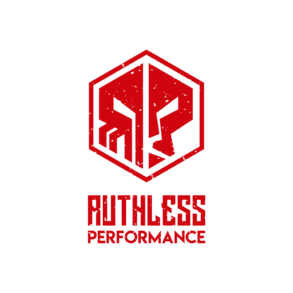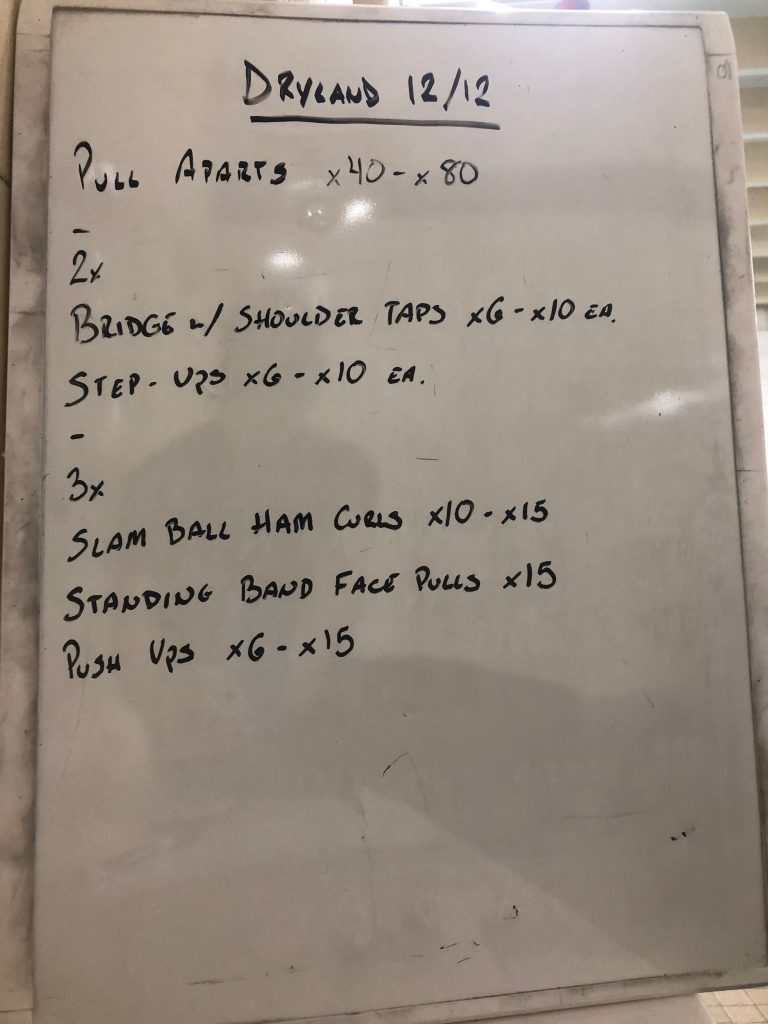Featured Fitness Content: Volume 50 (Mid-December through Mid-January)
Mid-December through Mid-January has been filled with great fitness content from top influencers from trusted industry professionals. Because of this, we’re going to be re-launching our Featured Fitness Content series that we’ve been providing our readership since the early days of Ruthless Performance when the business still went by The Fitness Resource. If you’re a …
Featured Fitness Content: Volume 50 (Mid-December through Mid-January) Read More »

